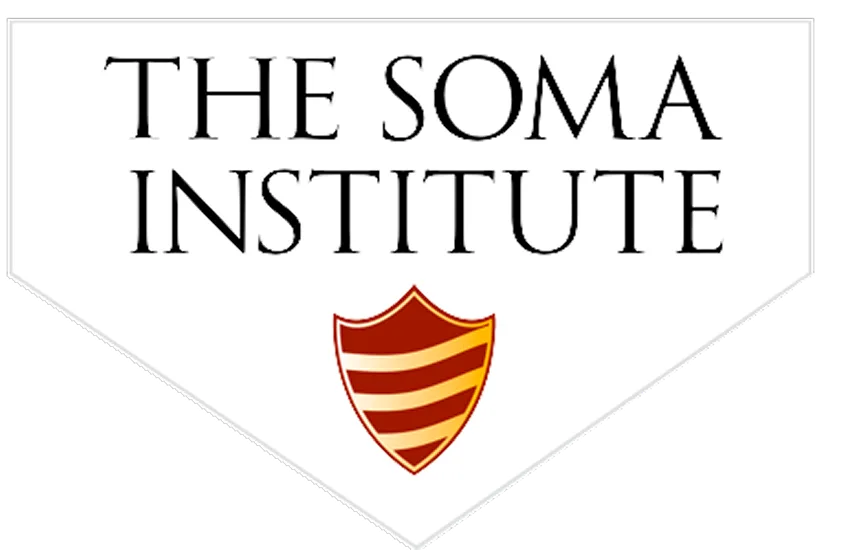from the NY Times:
My first session with Ann E. began as they all would: I stood against a wall wearing only a sports bra and underwear while she stood against the opposite wall, looking me over. She had me face north, south, east and west, and each time her eyes seemed to be tracing invisible lines down my body.

Being with Ann E. feels a little like being in psychotherapy, except you’re usually lying on a massage table in your underwear. It costs about the same for a session, although it lasts a lot longer and she doesn’t care if you doze through most of it.
Settled on her table that first day, I explained to her that I’d had many intractable physical problems in the last several years, the most recent being a pain in my knee that no medical professional could make heads or tails of. I couldn’t sit cross-legged on the floor or rise up out of a full squat, and I’d feel a sharp stab whenever I slipped that leg into my jeans. Some yoga practitioners that my husband knew had recommended I see her about this.
Read the rest.
from www.longevitylive.com:
Massage has many benefits for the body, including increasing circulation, relaxing tense muscles, and giving an overall feeling of well-being. Massage can range from light touching to deep pressure on muscles and tendons. Swedish massage applies gentle strokes and kneading with circular motions, as well as tapping to relax the body and give energy.

Deep massage is typically used to help repair damage to muscles and connective tissue. It uses more forceful strokes. Sports massage is a lighter touch to help prevent injuries. Trigger point massage focuses on specific areas of tightness within the body, to help with relaxation.
Massage is now considered an alternative form of medicine rather than just a luxury spa treatment. Many medical practices use it help patients recover from various conditions. Listed below are some of the health benefits of Massage. It can help:
Stimulates lymph fluid flow enhancing the immune system: By stimulating the lymphatic system in the body with regular massage, the body’s immune system is improved. The lymph fluid is the body’s primary defense against bacteria and other unhealthy substances. Massage increases the flow of blood and other bodily fluids like lymph fluid, giving the body more immunity to viruses, bacteria and other pathogens. Without the lymph fluid moving smoothly, disease and illness would result.
Read the other 49 here.
from www.cnn.com:
Will a deep tissue massage really reduce aches and pains? Will a sauna clear up my cold? And will a foot reflexology session have a long-lasting effect on my overall health?

All common questions about various well-known spa modalities, but what are the scientifically based answers?
Recently key members of the Global Spa Summit (GSS) unveiled a new portal, Wellness Evidence, that gathers medical evidence for spa and wellness therapies.
It provides an easy way for people to check out the laboratory-based research that has been done to date on spa treatments.
Massage
- A Cedars-Sinai Medical Centre study reveals a single 45-minute Swedish massage decreases cortisol levels and increases the immune system’s white blood cells.
- The University of Miami compared light and moderate pressure massage, and found that only moderate/stronger pressure enhances growth/development in infants and reduces stress in adults.
- The University of Auckland, NZ, study found massage decreased migraine frequencies, improves sleep quality and induced heart rate and cortisol decreases for migraine patients.
- The University of Goteborg, Sweden, found massage reduces nausea in women with breast cancer undergoing chemotherapy.
Read the rest here.
from www.shape.com:
To keep it real: Much of the research is preliminary. But many findings show that even just a 15-minute treatment can be a boon to your well-being, and whether you’re a deep tissue kind of girl, or Swedish is more your style, you can reap serious blissed-out benefits. Now, weekly massages might get a little pricey, but monthly? You could probably swing a massage every 4 weeks through 2017, and your mind and body would be better off for it. If you need a little convincing, here’s why regular massages are worth a shot.

Massage keeps sickness at bay.
Getting kneaded out could boost your body’s immune system. “One of the benefits of massage is that it leads to an increase in the circulation of white blood cells,” says Rapaport. And it’s not just the cold-busting kinds of cells, but NK cells in particular, he adds. These are commonly called “killer cells” because they serve as your body’s primary defense against more serious infections.
Read the rest here.
from the NY Times:
When a physically active person like me injures a joint, especially one as crucial as a knee or ankle, one of the first thoughts, if not the first thought, is likely to be “How fast can I get back to my usual activities?”

That kind of thinking, however, could set the stage for a painful chronic problem years later: post-traumatic osteoarthritis.
In the rush to get back in the game, whether as part of a team or elite sport or simply a cherished recreational activity like jogging or tennis, it is tempting to short-circuit the rehabilitation needed to allow the joint to heal fully. But adequate recovery, including rehab measures aimed at strengthening structures that support the injured joint, is critical to maximize its stability, reduce the risk of reinjury and head off irreparable joint damage.
Read the rest here.





